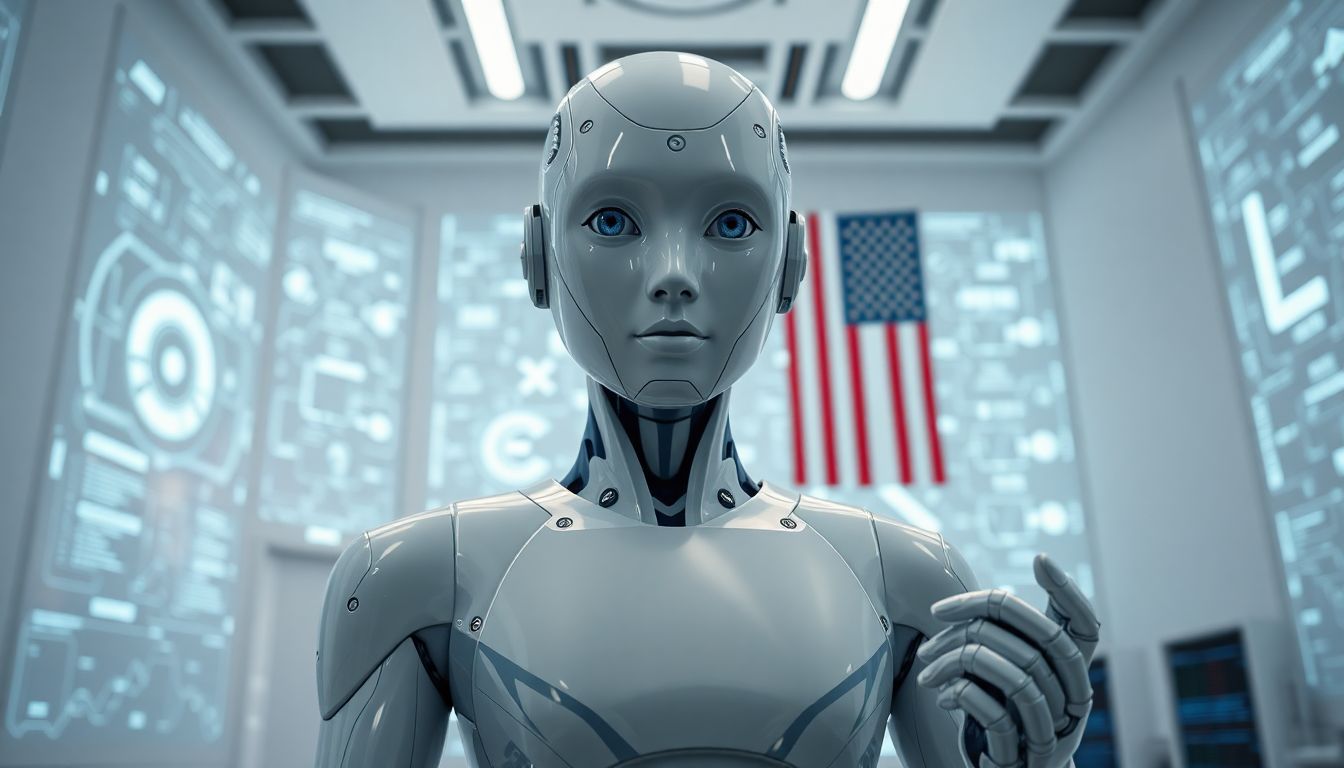The Race for Humanoid AI: A Global Competition
The race to develop the first truly intelligent humanoid robot is a global endeavor. Countries and companies worldwide are investing heavily in this technology, aiming to create machines that can perceive, learn, and interact with the world like humans.
Key Players in the Robotics Industry
The USA, Japan, China, and European countries are leading the charge. In the US, companies like Boston Dynamics, Tesla (with its Optimus robot), and Agility Robotics are pushing the boundaries of robotics innovation.
Key Technological Hurdles
Creating humanoid robots involves solving complex challenges, such as developing advanced AI, improving power efficiency, and perfecting motion control. Integrating these components seamlessly is a significant hurdle.
The United States Leading the Charge in Humanoid AI Robotics
The USA has a rich history of robotics innovation and continues to lead in this field.
American Innovation: A History
Pioneers like George Devol, who created the first industrial robot, laid the foundation for modern robotics. American universities and companies have been at the forefront of robotics research for decades.
Top US Companies and Research Organizations
Boston Dynamics is known for its robots’ incredible balance and motion capabilities. Tesla is developing Optimus, a general-purpose humanoid robot, while Agility Robotics focuses on logistics and warehouse automation. Institutions like Stanford and MIT are also driving cutting-edge research.
Potential Applications of AI Humanoid Robots
AI humanoid robots have the potential to transform various industries and aspects of daily life.
Industry Transformation: From Manufacturing to Healthcare
In manufacturing, these robots can automate tasks and boost efficiency. In healthcare, they can assist doctors and care for patients. They may also play roles in customer service, space exploration, and more.
Ethical Implications and Societal Impact
The rise of AI humanoid robots raises ethical questions, such as job displacement, privacy concerns, and potential misuse. Addressing these issues responsibly is crucial as the technology evolves.
The Future of AI Humanoid Robots
The future of AI humanoid robots is filled with exciting possibilities and challenges.
Emerging Technologies in the Pipeline
Breakthroughs in AI, robotics, and materials science will make robots more flexible, efficient, and human-like. These advancements will expand their capabilities and applications.
AI Humanoid Robots: Shaping the Future
AI humanoid robots could reshape how we work, live, and interact. They may also help solve some of the world’s biggest challenges, making their development both thrilling and impactful.
Conclusion
The race to create the first advanced AI humanoid robot is fiercely competitive. The USA, with its history of innovation and leading companies, is a strong contender. However, other countries are also making significant strides. Continued research, collaboration, and ethical development are essential to ensure AI and robotics thrive in the future, shaping our world in ways we are only beginning to understand.

